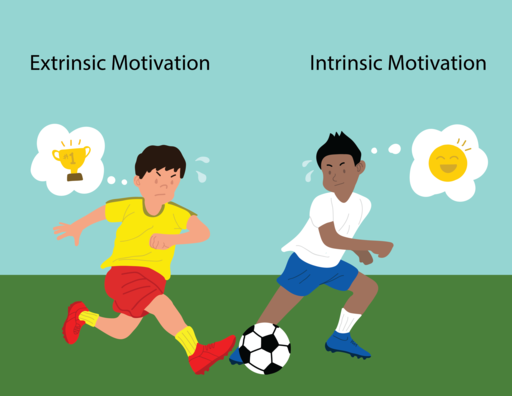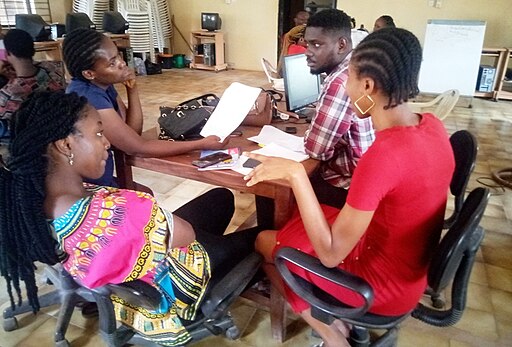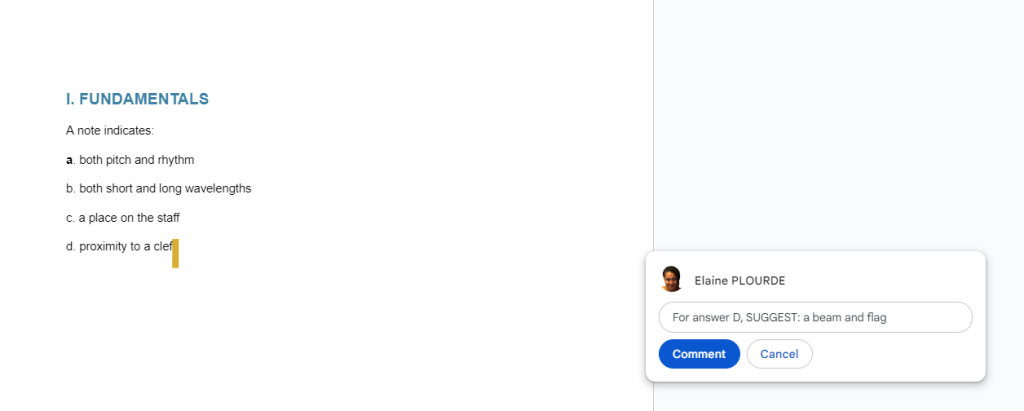Week Four
CONSTRUCTIVISM
The premise of Constructivism (in stark contrast to Behaviorism) suggests that knowledge can not simply be transmitted. Instead, the student must be an active participant, they must listen, reason, reflect, and be able to solve problems, based on their new knowledge.
Originally conceived by Vygotsky, constructivist ideas, theories, and models have been developed and expanded by many of his intellectual disciples, Bruner (Scaffolding). Bandura (Modeled behavior) – Bybee (5-E Model: Engage, Explore, Explain, Extend, Evaluate). Keller (ARCS Model – attention, relevance, confidence, satisfaction), to name only a few. Summative aspects are presented below.
“A teacher tells, a facilitator asks; a teacher lectures from the front, a facilitator supports from the back; a teacher givs answers according to a set curriculum, a facilitator provides guidelines and creates the environment for the learner to arrive at his or her own conclusions; a teacher mostly gives a monologue, a facilitator is in continuous dialogue with the learners.”
(Rhodes and Bellamy, 1999)
“From sage on the stage to guide on the side”
BEHAVIORIST
Sage on the Stage

CONSTRUCTIVIST
In the ZDP – Zone of Proximal Development

Learning is “Constructed” using these elements:

MOTIVATION
Each learner has their own level of interest and motivation. In this image one is motivated by a trophy, the other by the satisfaction derived from a job well done. Whatever the case, it is up to the educator to leverage these different motivations to harness student desires to reach the learning outcomes.
SCAFFOLDING
To assist the learner, the instructor is charged with building a framework from within which the learning builds or constructs their understanding. As the learner becomes more independent, the assisting structure can be removed.


ENGAGEMENT
Social engagement is a pillar of constructivist teaching and instructional design. Peers influence one another and make meaning and assimilation of new knowledge best in a social setting where they can reflect, analyze, and problem-solve through learning activities.
In this constructivist learning scenario, inspired by examples from open pedagogy assessments, students are asked to collaborate on a document consisting of a list of questions for future students in the course. Each student is charged with creating one question for each of the 11 sections of the textbook. Strategic social interaction is achieved by the necessity to react to one another’s question submissions, with upvotes or notes, reactions, and rephrasing suggestions. Scaffolding is achieved by the instructor who will provide sample questions, then later approve, deny, or ask for a question revision, giving feedback based on their more knowledgeable position in the ZPD. The exercise encourages ongoing engagement students are motivated to produce an exemplar for future students/peers.
FINAL PROJECT – Create a Test bank – Together
For our final group project, students will create a test bank for use by future students in this course.
TEXTBOOK LINK: https://viva.pressbooks.pub/openmusictheory/front-matter/introduction/
GOOGLE DOC LINK: https://docs.google.com/document/d/1nV9Xlh8rA00MfKT6UTjL0yrh8wxY7zfJ6z_RWsQom_Y/edit?usp=sharing

Total Time Needed :
60
Minutes
Steps to complete the question schema:
Revisit each chapter from the text and write a multiple-choice or fill-in-the-blank question to demonstrate mastery of the material. If a multiple choice question, provide four possible answers, three incorrect and one correct (bold) formatted as per the example provided.
Approve or disapprove with the thumbs-up icon on each question submitted in the category. Comment on at least one classmate’s question if you have a clarification or suggestion as to how to rephrase the question to make the question or answer(s) more clear.
Rephrase your own question in response to feedback, and single your completion by providing a thumbs-up on your own question.

WORKS CITED
QUOTE
“Constructivism.” Edtechbooks.org, 2020, edtechbooks.org/studentguide/constructivism. Accessed 10 Sept. 2023.
QUOTE
King, A. (1993). From sage on the stage to guide on the side. College teaching, 41(1), 30-35.
SAGE ON THE STAGE
Sage on the stage online learning. https://www.flickr.com/photos/mattcornock/50255457043
Attribution-NonCommercial 2.0 Generic (CC BY-NC 2.0)
GUIDE ON THE SIDE
Online learning together – Lego Teaching https://www.flickr.com/photos/mattcornock/50256304352
Attribution-NonCommercial 2.0 Generic (CC BY-NC 2.0)
MOTIVATION IMAGE
[url=https://commons.wikimedia.org/wiki/File:Muhammad_Intrinsic_vs_Extrinsic_Motivation.png][img]https://upload.wikimedia.org/wikipedia/commons/thumb/7/7d/Muhammad_Intrinsic_vs_Extrinsic_Motivation.png/512px-Muhammad_Intrinsic_vs_Extrinsic_Motivation.png[/img][/url]
[url=https://commons.wikimedia.org/wiki/File:Muhammad_Intrinsic_vs_Extrinsic_Motivation.png]Muhammad Intrinsic vs Extrinsic Motivation[/url]
Muhammad M Rahman, CC BY-SA 4.0 <https://creativecommons.org/licenses/by-sa/4.0>, via Wikimedia Commons
SCAFFOLDING IMAGE
[url=https://commons.wikimedia.org/wiki/File:Preservation_crews_begin_erecting_scaffolding_around_the_house_to_access_the_roof_and_upper_levels_for_masonry_repairs._(da85bcef-dddf-4203-8edf-cec2d2d8537a).jpg][img]https://upload.wikimedia.org/wikipedia/commons/thumb/8/85/Preservation_crews_begin_erecting_scaffolding_around_the_house_to_access_the_roof_and_upper_levels_for_masonry_repairs._%28da85bcef-dddf-4203-8edf-cec2d2d8537a%29.jpg/512px-thumbnail.jpg[/img][/url]
[url=https://commons.wikimedia.org/wiki/File:Preservation_crews_begin_erecting_scaffolding_around_the_house_to_access_the_roof_and_upper_levels_for_masonry_repairs._(da85bcef-dddf-4203-8edf-cec2d2d8537a).jpg]Preservation crews begin erecting scaffolding around the house to access the roof and upper levels for masonry repairs. (da85bcef-dddf-4203-8edf-cec2d2d8537a)[/url]
English: NPS photo, Public domain, via Wikimedia Commonsf
SOCIAL ENGAGEMENT IMAGE
[url=https://commons.wikimedia.org/wiki/File:Training_for_Wikimedia_for_Illiterate_Igbo_Persons_-_Small_group_work_1.jpg][img]https://upload.wikimedia.org/wikipedia/commons/thumb/9/9e/Training_for_Wikimedia_for_Illiterate_Igbo_Persons_-_Small_group_work_1.jpg/512px-Training_for_Wikimedia_for_Illiterate_Igbo_Persons_-_Small_group_work_1.jpg[/img][/url]
[url=https://commons.wikimedia.org/wiki/File:Training_for_Wikimedia_for_Illiterate_Igbo_Persons_-_Small_group_work_1.jpg]Training for Wikimedia for Illiterate Igbo Persons – Small group work 1[/url]
Chris Prince Udochukwu Njoku, CC BY-SA 4.0 <https://creativecommons.org/licenses/by-sa/4.0>, via Wikimedia Commons

